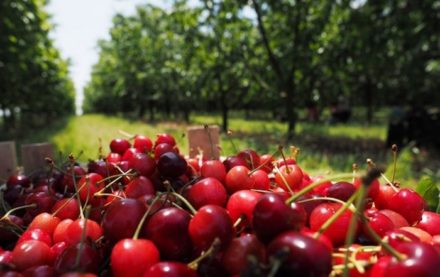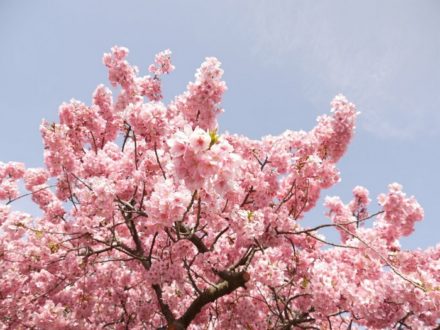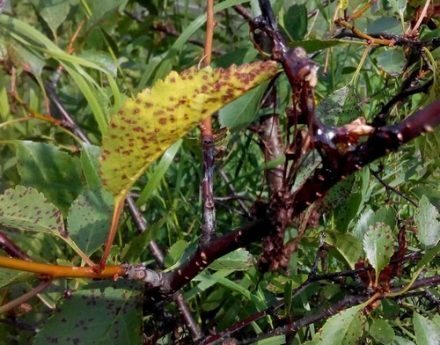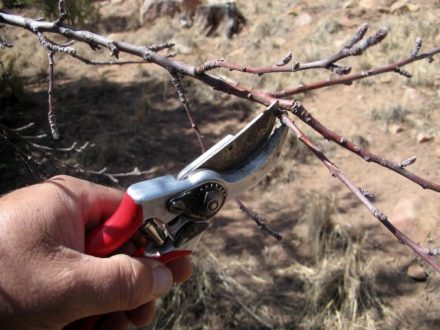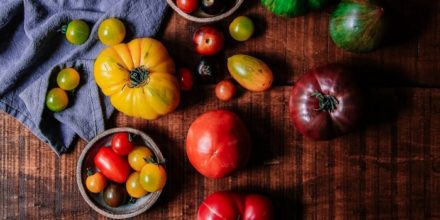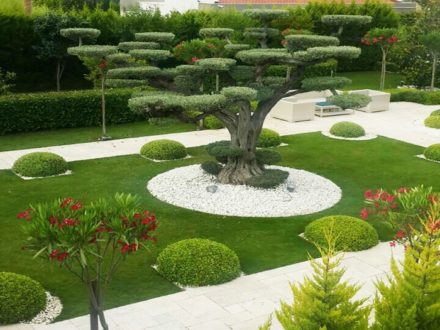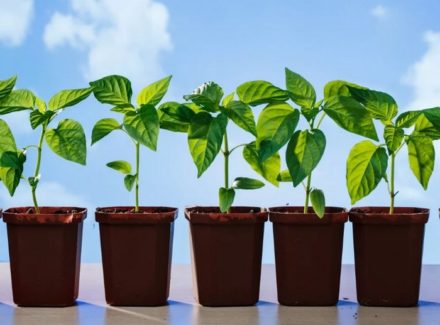Sweet and juicy cherries in the garden are always a gardener's dream. But, as with any other dream, you have to work hard. Cherry is one of the first to begin its development after hibernation. As soon as the snow melts, buds will already appear on it. Therefore, the first feeding in spring should be done quite early - at the end of March. During this period, it is important to ensure that the trees receive balanced nutrition. In this case, when feeding cherries, it is better to use organic matter.
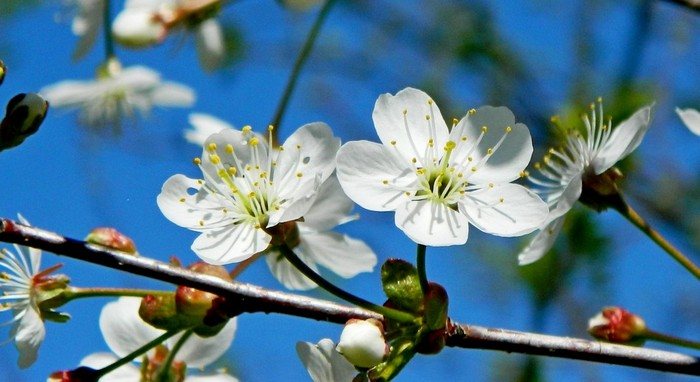
Organic fertilizers
Recommended for feeding cherries:
- chicken droppings;
- rotted manure;
- compost;
- clean sawdust.
After all the inflorescences have fallen, the cherries need to be thoroughly watered, and only then humus or compost should be added. Half a bucket of organic matter is enough for one tree: the mixture makes the soil porous and allows it to be saturated with oxygen, so there are more tasty fruits in quantity and size.
Ignoring the basic requirements for fertilizing can lead to an abundance of microelements in the soil, which reduces the quality, yield and aging of cherries.
It is also important to remember the variability of weather conditions at a particular latitude; this also greatly affects the characteristics of the fertilization method:
- if the soil has become wet after frequent rains, then fertilizing for cherries in the spring can be applied in dry form;
- if the spring is dry, fertilizers are initially mixed with water, and then the prepared groove around the trunk is watered with the mixture.
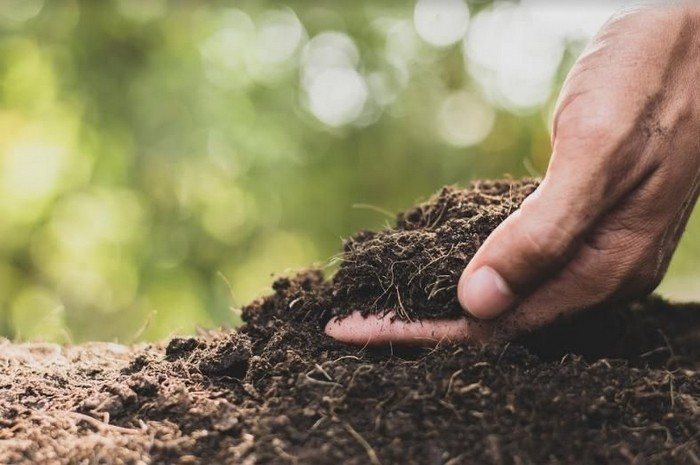
Mineral fertilizers
Fertilizing in any form improves the quality and speed of tree development, because they need constant feeding with macro- and microelements. Here are some of the industrially produced fertilizers for feeding cherries in the spring:
- urea;
- potassium salt;
- superphosphate;
- azophoska;
- ammonium nitrate.
From early spring to mid-summer is the period when nitrogen fertilizers are most beneficial. If you start feeding the trees later, you can disrupt the natural development of the plant’s green mass, which will prevent the cherries from preparing for the coming winter.
The most used solution during the first and second spring feeding consists of the following components:
- 10 liters of water;
- 10 g urea;
- 25 g superphosphate;
- 15 g of potassium chloride.
Such a nutritious mixture of mineral fertilizers is guaranteed to increase the yield.

When feeding cherries, you need to remember moderation and balance in the amount of fertilizer applied. Such manipulations will bring a stable harvest, strengthen the plant’s immunity, and also increase resistance to diseases and pests.


